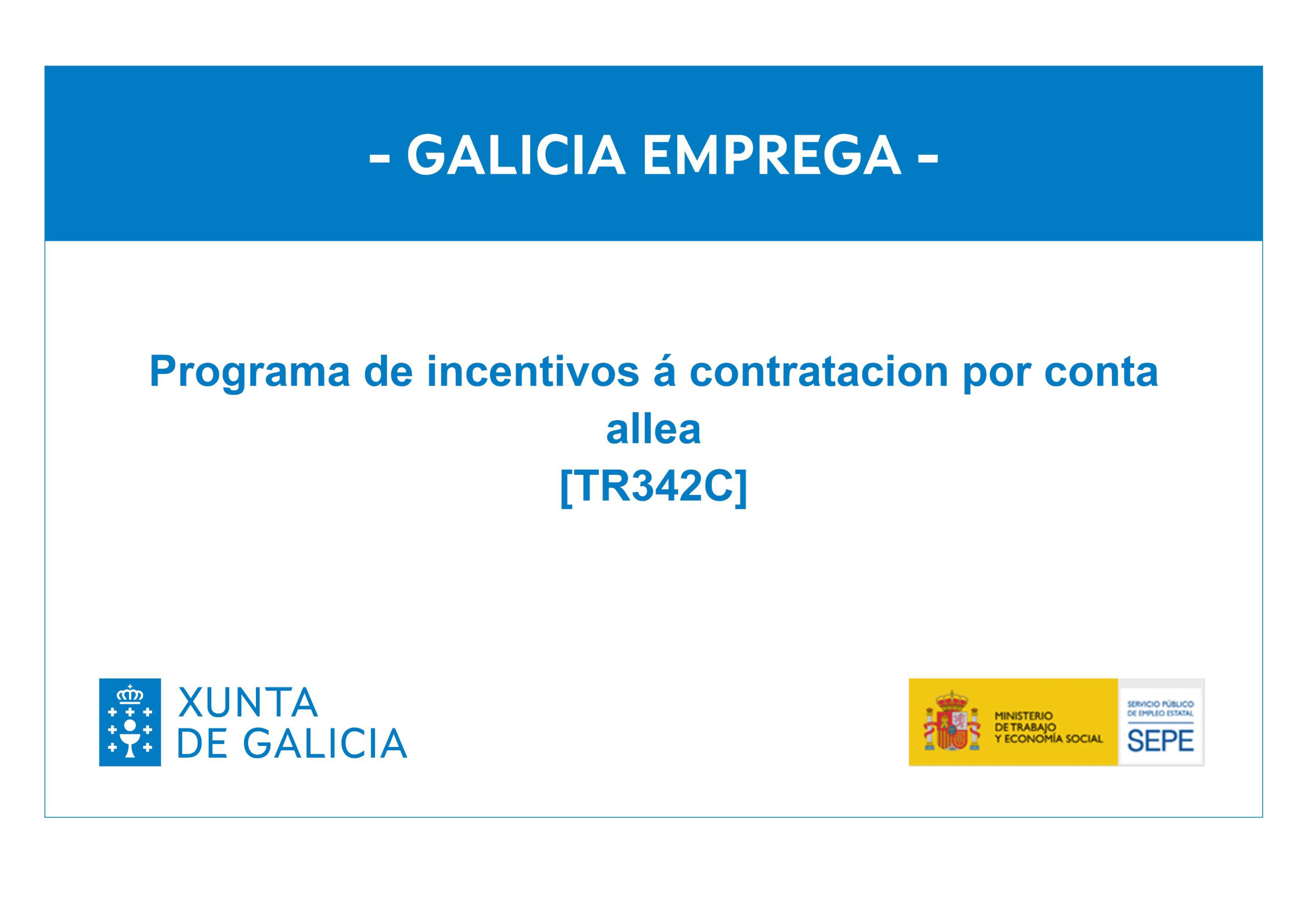For the second year Husqvarna presents HUGSI (Husqvarna Urban Green Space Index), an AI-powered satellite solution to help decision makers monitor the proportion and health of green spaces in cities across the globe. This years HUGSI found out that urban areas are not getting greener, that urban areas in Europe are greener than average and that Charlotte, North Carolina, USA is the Global Green Model City 2020.
How green are the cities of the world really? Do they get greener or is densification of cities also reducing the valuable green in the cities? HUGSI was created to help safeguard urban green space and provide stakeholders with a unique data set of the current status and development .
By applying computer vision and deep learning techniques on satellite images, HUGSI unveils insights about the current state and historic development of vegetation and their surrounding environment in urban areas.
“Since last year we have received a lot of interest and enquires about HUGSI and this year we will take further steps to make it even more relevant for city officials, green space professionals and for all people living in urban areas.“ says Erik Swan, product owner for HUGSI.green
Some of the findings in HUGSI this year are:
- Charlotte, North Carolina, USA is awarded Global Green Model City 2020 as being the greenest city of this years index
- Urban areas in Europe are greener than average, 45% compared to 39% as global average
- Urban areas are sadly not getting greener, however many regions and cities has turned significantly greener since our last index in 2019
How green are cities, really?
When analyzing the land use of uban areas and segment it into Vegetation (tree + grass), Water and Other (hard made surface, houses, roads), HUGSI shows that:
- Urban areas globally are 39% green on average
- Europe is greener than average with 45 %
- Latin America and South and West Asia least green with 29%
Are cities getting greener?
When comparing land use within urban areas, ignoring agriculture areas, for 2019 and 2018 to discover changes, there are both positive and negative changes from a vegetation perspective
- Compared to 2018 the urban vegetation declined with -0,01% or 14 Million m2
- Central East Asia (China) accounts for a decline of 52 Million m2 vegetation
- Europe, Latin America, North America and South & West Asia increase their green space with over 40 Million m2
Erik Swan, product owner for HUGSI.green says: “Our data for Central East Asia (China) indicate massive decline in green space, manily due to heavy city development. However we can also see that cities in China are greener on average compare to other regions and that cities seem to have well distributed green space.”
What is a green city to HUGSI?
HUGSI is built on a unique data set based on deep-learning algorithms analyzing satellite images set to monitor the proportion and health of green spaces in cities across the globe.
The HUGSI 2020 index provide green insights covering 155 cities in 60 countries rated on a number of green Key Performance Indicators (KPI’s):
|
|
To score well in the index the cities included should have healthy and well distributed vegetation, with high proportion within the populated parts of the city. Trees are awarded twice the value of grass.
The data for HUGSI 2020 index was sampled during 2019 on individual prime dates for all cities included.
How were the cities selected?
The first round of 98 cities in the initial launch 2019 was selected based on C40 member cities, including temporarily inactive cities with the addition of non C40 members; Gothenburg, Sweden and Marseille, France.
57 new cities were selected for 2020 to fill gaps and white space in Europe, North America and India.
Full list of cities part of the index is available on www.hugsi.green
The full HUGSI data set on regional and city level along with analysis and insights are available at www.HUGSI.green.





